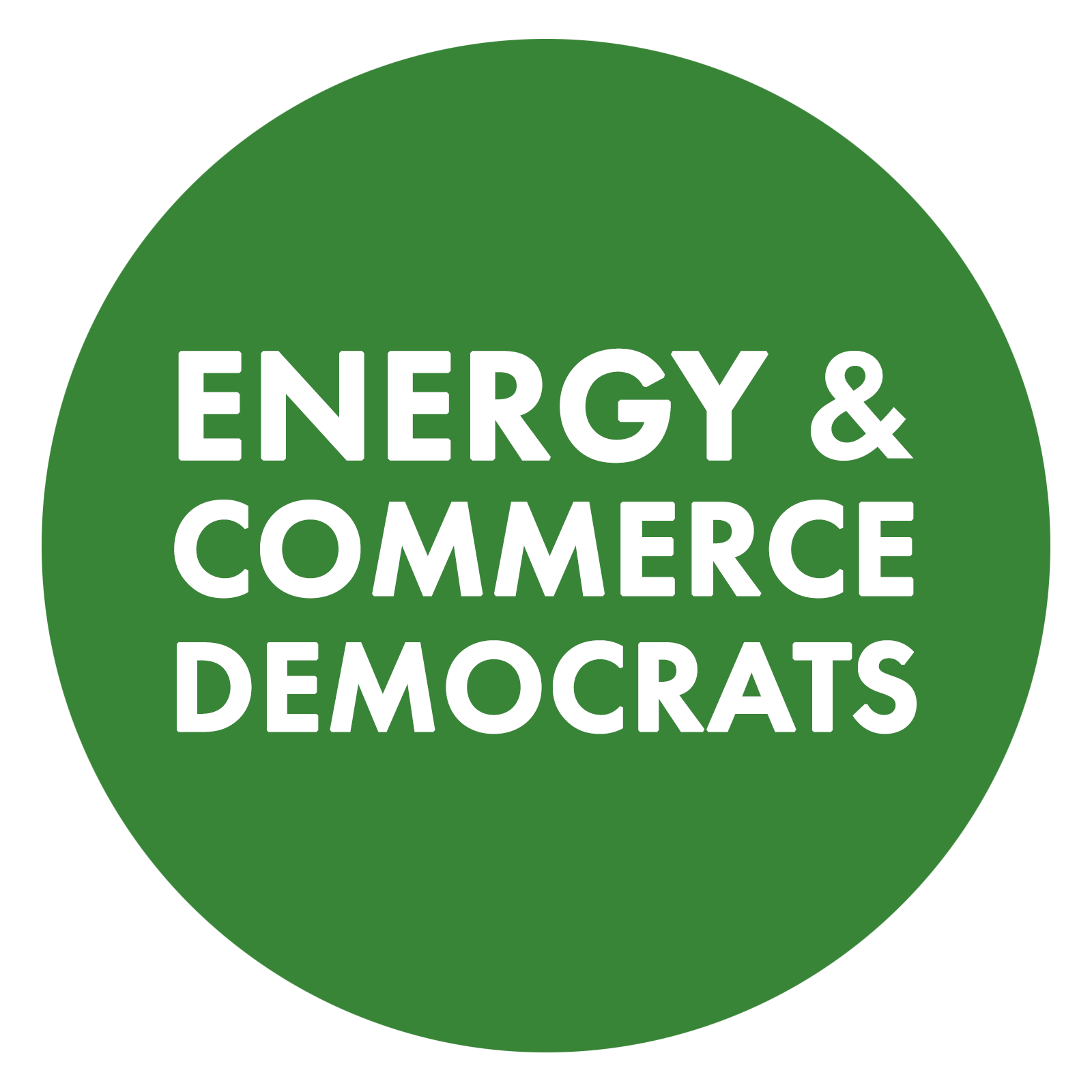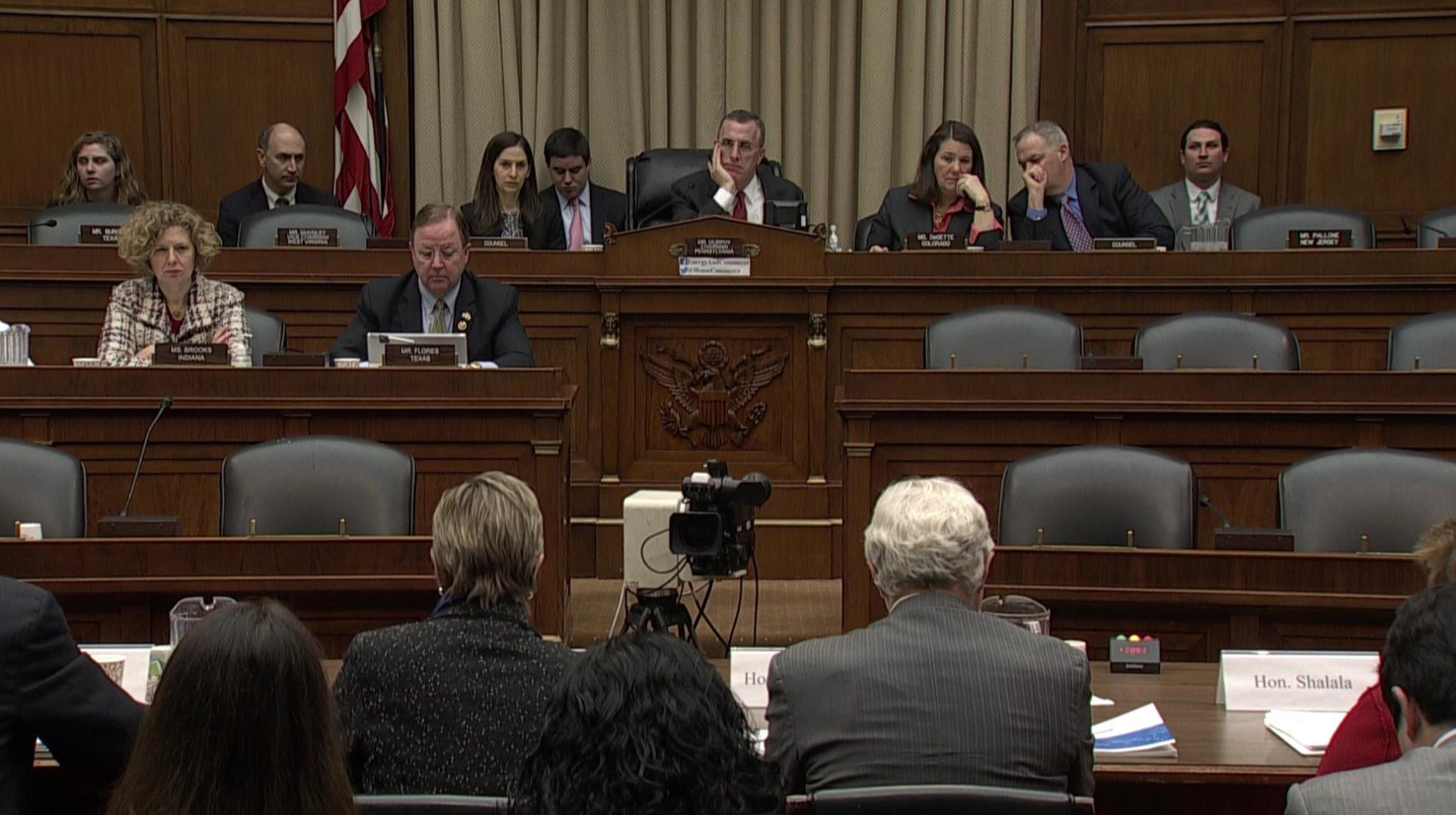Table Of Content

Often, people refinance to reduce their interest rate, cut their monthly payments or tap into their home’s equity. Others refinance a home to pay off the loan faster, get rid of FHA mortgage insurance or switch from an adjustable-rate to a fixed-rate loan. Use a mortgage refinance calculator to determine the breakeven point, which is the number of months it takes for the savings to outweigh the cost of refinancing. Divide the breakeven timeframe (months) by 12 to calculate the number of years you need to make payments on the loan before realizing any savings from the refinance. If you plan to sell before the breakeven point, it is probably not financially worth it to refinance. The new mortgage you get from refinancing replaces your existing loan, which is an important distinction between getting a second mortgage and refinancing.
How do refinance rates work?
Today's Refinance Rates April 24, 2024: Rates Increase - Newsweek
Today's Refinance Rates April 24, 2024: Rates Increase.
Posted: Wed, 24 Apr 2024 12:18:34 GMT [source]
With a no-closing-cost refinance, the borrower doesn’t have to pay closing costs upfront. Instead, the closing costs are covered with a higher interest rate on the loan, or they’re rolled into the principal loan balance. Keep in mind that you’ll likely have to make a higher monthly payment over the course of the new loan.
Cash-In Refinance
The cash decreases the balance which is then spread across additional payments. In most cases, shortening your loan term allows you to pay off your principal faster. A shorter term often means you'll have a higher monthly payment but fewer overall payments, reducing interest over the life of your loan.
Check your rates today with Better Mortgage.
Don’t be afraid to negotiate and find the best lender that can make the refinancing process easy and painless. In legal terms, there isn’t a limit on how many times you can refinance. Whether you can refinance more than once will depend on specific lender requirements and personal factors. Learn more about the different types of home refinance options with the answers to these frequently asked questions.
The cost to refinance often depends on the type of loan and the method of refinancing you choose for the mortgage. For many of the refinancing options discussed above, you’ll need to pay a number of closing costs that average around 3% – 6% of the total loan balance. An FHA Streamline refinance can be a great option for homeowners with Federal Housing Administration (FHA) loans who are looking to lower their monthly payments and avoid a repeat of the FHA appraisal process. If you currently have a conventional loan, you won’t be able to switch to an FHA mortgage with this type of refinance. If you've gained equity of at least 20%, whether by appreciation or by simply paying your mortgage, you may be able to refinance to cancel mortgage insurance and save money with each monthly payment.
Use Zillow's refinance calculator to determine if refinancing may be worth it. Enter the details of your existing and future loans to estimate your potential refinance savings. Homeowners still have time to lower their monthly mortgage payments by refinancing, as mortgage rates are still relatively low.
Reasons to refinance a mortgage
If you’re ready to refinance your mortgage, there are some key steps to help you got the best refi deal possible. If you’re wondering how to refinance your mortgage, here’s what you need to know. Our partners cannot pay us to guarantee favorable reviews of their products or services. Here’s the only guide you’ll ever need for the refinancing answers you’ve been wondering about. A VA Streamline refinance (also referred to as VA IRRRL) is an option available to military veterans and active service members with Department of Veterans Affairs (VA) loans.
Choose A Refinance Type
You can adjust your loan term, get a better interest rate and change your loan type to save money in the long term. You can even cash out your home's equity and use the money as you need it. You’ll need to think through a number of factors when deciding if you should refinance. Consider market trends – including current interest rates – and your financial situation (especially your credit score). It’s a good idea to use a mortgage refinance calculator to figure out your break-even point after accounting for refinancing expenses.
Additionally, shorter-term loans (i.e. 15-year fixed) typically have lower interest rates than those with longer terms (i.e. 30-year fixed). Mortgage payments are amortized, meaning your mortgage total remains the same each month, but the amount of principal and interest varies with each payment. Amortization ensures you pay more interest than principal during the first half of your loan term. Refinancing restarts your mortgage amortization schedule with the new loan, reducing the amount of principal you’re paying each month. If you plan to sell your home soon or if you’ve been paying your mortgage for more than half of the term, be sure to use a loan refinance calculator. To calculate the value of refinancing your home, compare the monthly payment of your current loan to the proposed payment on the new loan.
Apply online for expert recommendations with real interest rates and payments. Learn about how they differ, and see which loan option is right for you. Learn more about the factors to weigh as you decide if refinancing your mortgage is the right choice for you. Ultimately, the benefits of your refinance can outweigh the potential costs. You could be closer to achieving your personal goals without putting yourself at greater risk of being unable to pay off your loan in the long term.
Borrowers who switch to a reverse mortgage don't have to make payments on their loan while they’re alive. For example, if you have an adjustable-rate mortgage (ARM) and the rate is about to increase, you can change to a more stable fixed-rate mortgage. Impact on your credit may vary, as credit scores are independently determined by credit bureaus based on a number of factors including the financial decisions you make with other financial services organizations. You might also be on the hook for extra fees from your current lender.










